Details
Large and bright prism viewfinder with 100% field of view and approx. 1.05x magnification.
The PENTAX K-3 Mark III features an optical viewfinder with an almost 100% field of view and 1.05x magnification. Here, the high-refractive-index glass prism enables a wide eye relief while providing a wide field of view equivalent to that of a 35mm full-frame SLR.
By using a distortion-correcting optical element and optimizing the lens coatings, the viewfinder delivers a clear and lifelike image without distortion.
At the same time, the brightness has been improved by almost 10 percent compared to the viewfinder of the PENTAX K-3 II. The Natural Bright Matte III matte screen offers easy manual focusing and supports the positive features of the viewfinder for a subject image with faithful reproduction of the bokeh effect.
In addition, the transparent display of a variety of operating data in the viewfinder window allows direct monitoring of important parameters during shooting. This underscores the importance of this essential camera component for image composition. Thus, with the large prism viewfinder of the PENTAX K-3 Mark III, the photographer has everything in view without having to take the camera away from the eye at important moments.
New 25.73 megapixel BSI sensor with peak light sensitivity of ISO 1,600,000
The PENTAX K-3 Mark III features a BSI sensor for the first time. This back-illuminated sensor with an effective resolution of approx. 25.73 megapixels, together with the new PRIME V imaging engine and the newly designed accelerator unit, ensures exceptionally high image quality. By additionally dispensing with an optical AA filter (anti-aliasing), the camera produces super high-resolution and sharp images.
Due to the design, not only is the dynamic range extended, but noise is also minimized, naturally in the low and also in the super-high range. By significantly improving noise reduction, the PENTAX K-3 Mark III offers a super-high peak light sensitivity of ISO 1,600,000.
Body-integrated Shake Reduction II System (IBIS).
When PENTAX first incorporated an electromagnetic Shake Reduction system to prevent camera shake in SLR cameras 15 years ago in the K100, this technology was not initially taken very seriously and was widely underestimated.
Today, however, in-body image stabilizing systems (IBIS) are state of the art and should not be missing in any modern high-performance camera. In the PENTAX K-3 Mark III the Shake Reduction System fulfills a number of different functions:
Camera shake compensation with compensation of 5.5 f-stops.
The built-in Shake Reduction System prevents camera shake that can occur, for example, when using lenses with a long focal length and/or slow shutter speeds in low-light conditions and can be the cause of blurred images. Image stabilization takes place in five axes. In addition to sensor rotation, horizontal shift and vertical shift, the PENTAX K-3 Mark III also offers correction of horizontal and vertical tilt, which can occur during macro shooting, for example. Horizontal panning movements are automatically detected and also corrected accordingly. Overall, this system ensures exposure reliability of up to 5.5 LV stops, expanding the limits of freehand photography. It works independently of the lenses used. Thus, adapted M42 lenses can be used in the same way as the current lens series. The lens information required for compensation, once stored, can be recalled as needed.Pixel Shift function for expanding the resolution
With the previous model, the PENTAX K-3 Mark II, sensor shifting was used for the first time to improve image resolution. This technique can now be used without a tripod with the PENTAX K-3 Mark III. With conventional systems, missing RGB color information from the sensor must be interpolated because the different colors are not captured by all pixels of the sensor. With the Pixel Shift function, the PENTAX K-3 Mark III offers the possibility to take four shots in series. The sensor is shifted up, down, left and right by one pixel at a time, and the camera calculates a single image from this that can be saved as a JPEG or RAW file. With this technique, the 25.73 megapixels are completely utilized for the image file, which results in significantly higher sharpness and color reproduction as well as lower image noise.Low-pass filter simulation
By omitting an AA filter (Anti Aliasing), a higher image sharpness is achieved. In order to avoid a possible moiré effect, the sensor unit is set into micro-vibrations and thus ensures minimal blurring.
This works just as effectively as a built-in low-pass filter. Two stages provide adjustment to the appropriate shooting situation.Sensor shift and auto horizon correction
The IBIS is also used for automatic horizon alignment. An oblique camera position up to an angle of view of 2° can be automatically corrected by the sensor. However, the sensor can also be shifted manually. This can be done in horizontal or vertical direction with a shift of up to 1.5 mm in total and even in rotation up to 2°.DR II (Dust Removal)
Ultrasonic vibrations are used to remove dust particles from the sensor. This function can be set as an on/off function, but can also be performed manually.
SAFOX 13 autofocus system with 101 focus sensors
The SAFOX 13 phase comparison autofocus system has been newly developed for the PENTAX K-3 Mark III. It has a total of 101 AF sensors, 25 of which are positioned centrally as cross sensors. In order to focus reliably even in night shots, three special sensors are centrally positioned, which already work at an EV of -4. For the first time, the camera is equipped with a small joystick that can be used to intuitively select the individual focus points. The new AF system is supported by a new RGB IR image sensor with approx. 307,000 pixels and a newly developed image tracking algorithm. As a result, even subjects in motion are reliably detected and focused more precisely.
PENTAX Real-time Scene Analysis System
The PENTAX Real-time Scene Analysis System supports camera control with the latest artificial intelligence technology. Based on the RGB-lR image sensor with approximately 307,000 pixels, the processor uses advanced image recognition technology,
to optimize exposure and autofocus. It analyzes shooting scenes and, based on color or brightness distribution, subject as well as motion detection, adjusts certain exposure parameters such as shutter, autofocus, white balance accordingly and takes them into account for image calculation.
By introducing "Deep Learning" artificial intelligence technology, the PENTAX K-3 Mark III ensures subject recognition and scene evaluation that is better and more reliable than ever before.
PENTAX K bayonet - lens mount proven for generations
PENTAX is the camera system with the greatest lens compatibility. This means that lenses from the early days of the K bayonet can be used effortlessly on the new top-of-the-line APS-C model, and even M42 lenses with an adapter. It is precisely the much sought-after and used treasures of the digital prehistoric era that bring so much pleasure to many photographers today. The focal length information, which is necessary for the IBIS, can now even be saved and is also written to the EXIF data.
High-resolution LCD monitor with intuitive touchscreen controls
The 3.2-inch LCD monitor, with a resolution of approximately 1,620,000 pixels, features a touch screen with intuitive menu control and image zoom function during image playback for the first time in the PENTAX system. The PENTAX K-3 Mark III also uses the well-proven monitor design with "Air Gap-less" technology for improved visibility. For this purpose, a special resin is inserted between the monitor layers, which effectively reduces reflections and the scattering of light. Under the viewfinder eyepiece, which extends beyond the display, is an eye sensor that optionally turns off the monitor when the photographer looks into the viewfinder. This prevents the monitor's illumination from interfering with visibility during shooting. Another benefit especially for night shooting is the night vision LCD display function to quickly adjust the brightness of the monitor depending on the shooting location.
High frame rate - when every second counts
The mirror and shutter mechanism has been redesigned for the PENTAX K-3 Mark III. Together with the new processor technology and fast image processing parameters, the PENTAX K-3 Mark III makes it possible to shoot series of images at an unprecedented frame rate. 32 RAW files can thus be captured at 12 frames per second. At 2.5 frames per second and in JPEG format, the shooting series increases to 90 images before the camera has to save. Despite the highest load, the shutter is designed for at least 300,000 shots.
Video function with 4K resolution
The PENTAX K-3 Mark III was developed in the tradition of SLR technology, but in the process the desire of many PENTAX photographers for a 4K video function could not be ignored. So the camera now records video clips in 4K resolution (3840 x 2160 pixels; 30p/24p frame rate) or Full HD (1920 x 1080 pixels; 60p/30p/24p frame rate) in H-264 recording format. For the audio, there is a port for a stereo microphone as well as headphones. It is possible to adjust and monitor the audio recording level. In order to be able to process the data volumes at high frame rates or video recordings accordingly, one of the two SD card slots is prepared for the UHS-II standard.
Original PENTAX reliability - rugged, weatherproof and compact
One of the main advantages of the APS-C system is its small size. To ensure that the camera can be used as a mobile camera in any situation, special attention was paid to compact size and low weight combined with high robustness.
The housing, for example, is made of a lightweight yet high-strength magnesium-aluminum alloy. The weather-resistant housing construction is cold-resistant down to -10°C and features 95 seals that protect against dust and moisture.
In-camera image and video editing and RAW development
The PENTAX K-3 Mark III has numerous options for editing videos and photos directly in the camera. For example, various filters and also the original PENTAX Custom Image function, which simulates different types of film, are already available when shooting. Further filters and RAW development expand the options. For video recording, there are simple film editing options. The multiple options mean that no complex image editing program is needed to create your own distinctive image style.
Camera control and image transfer via "Image Sync" app
The PENTAX K-3 Mark III can be connected to devices such as smartphones or tablets via Bluetooth® or WLAN.
By installing the free "Image Sync" app on a mobile device, the user can display Live View images on the respective screen as well as change camera settings and take pictures. Captured images can be transferred to a mobile device and shared directly from there to social networks.
Pentax ED 28-105mm f/3.5-5.6 HD DFA DC
With the HD PENTAX-D FA 28-105mm F/3.5~5.6 ED DC WR, RICOH IMAGING offers a compact and lightweight standard Zoomlens with high resolving power and universal use characteristics for the 35mm full-frame image circle. The lens with a very versatile focal length range is ideal for everyday use.
- Wide-angle range from 28 mm
- Input aperture from F/3.5~5.6
- Designed for the 35mm image circle
- HD coating with Superprotect front lens sealing
- Weather sealed construction
- SDM (Supersonic Direct Drive Motor) for quiet, fast and reliable focusing
- Quick-Shift focusing - compatible with previous PENTAX SLR system
- Corresponds to 43 to 161 mm on APS-C cameras
- ED and AL lenses to correct optical errors
- Particularly compact and lightweight
- Universal focal length range
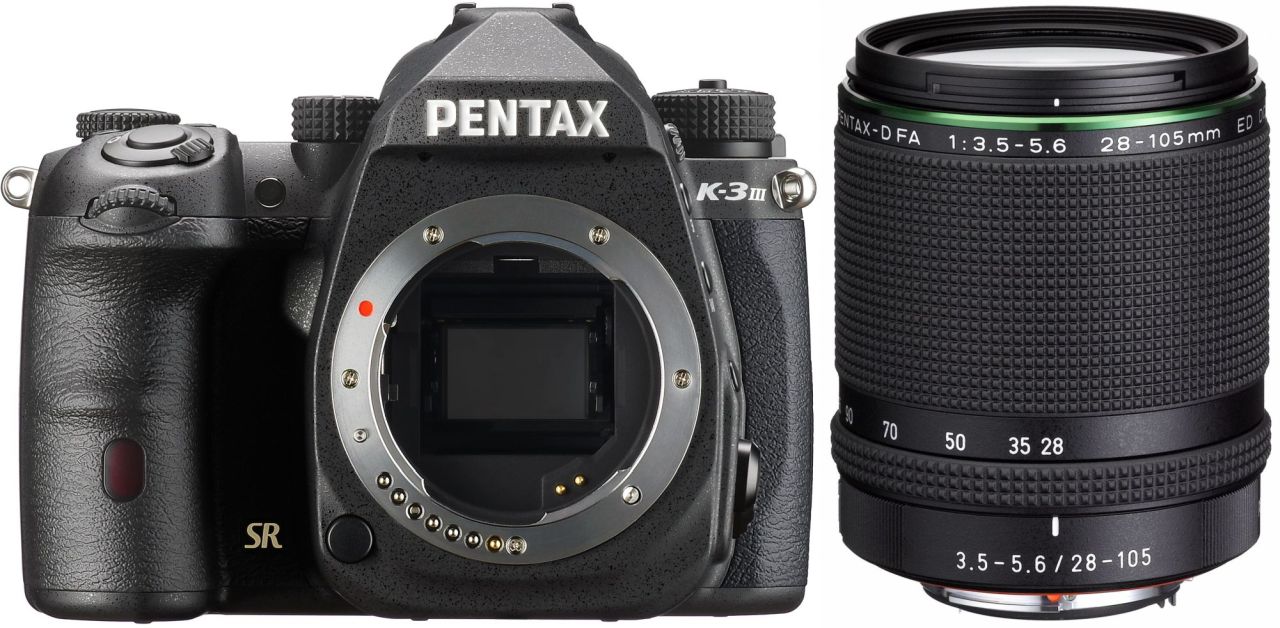
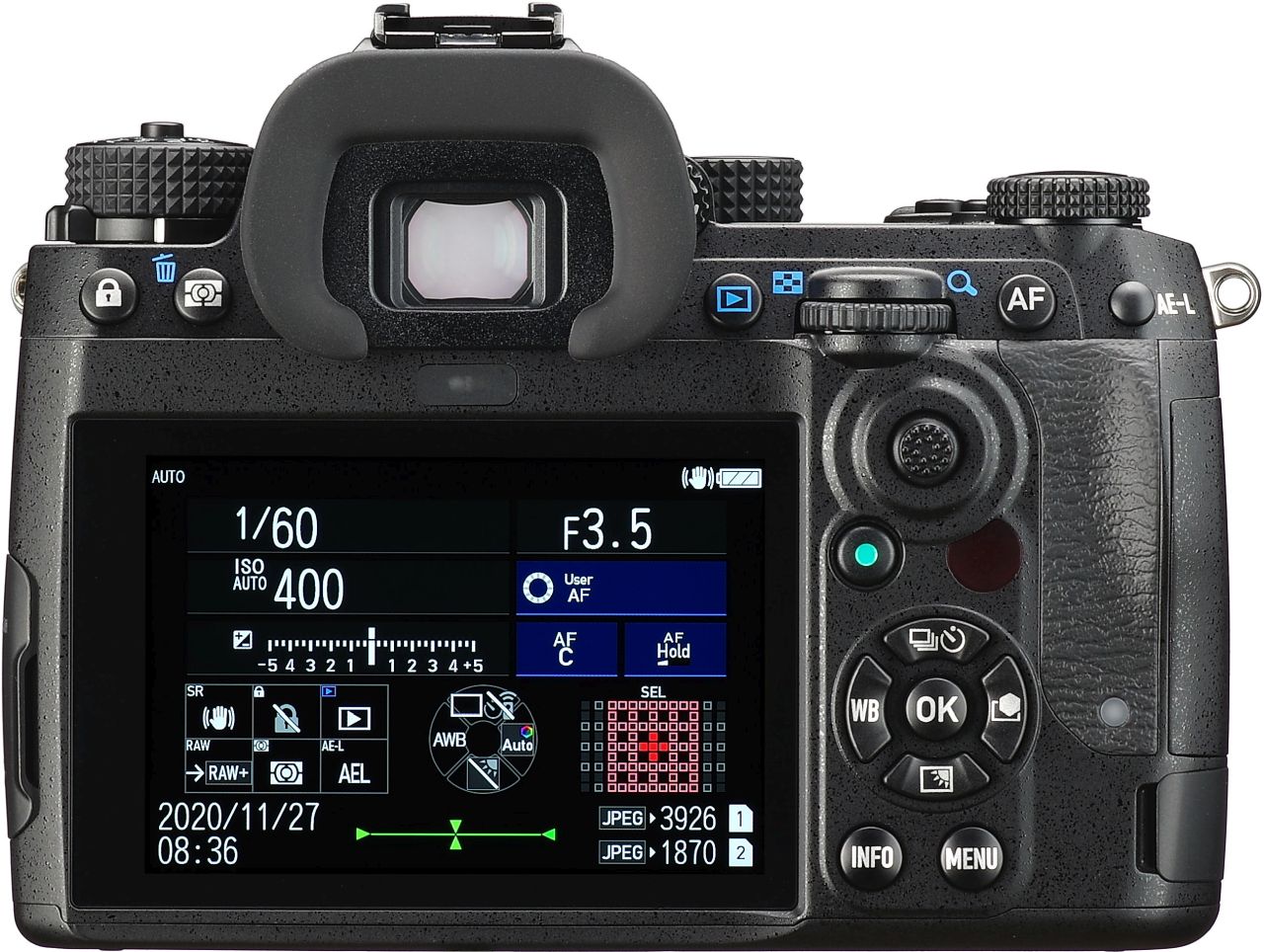
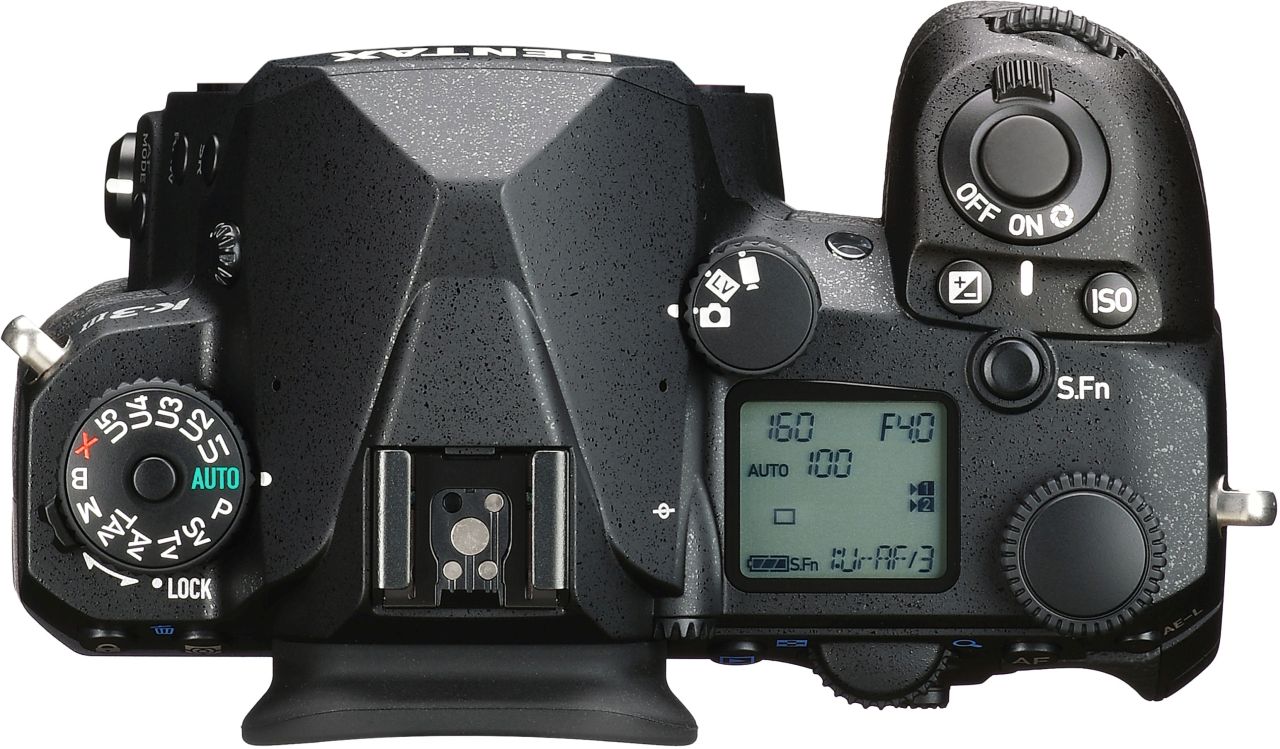
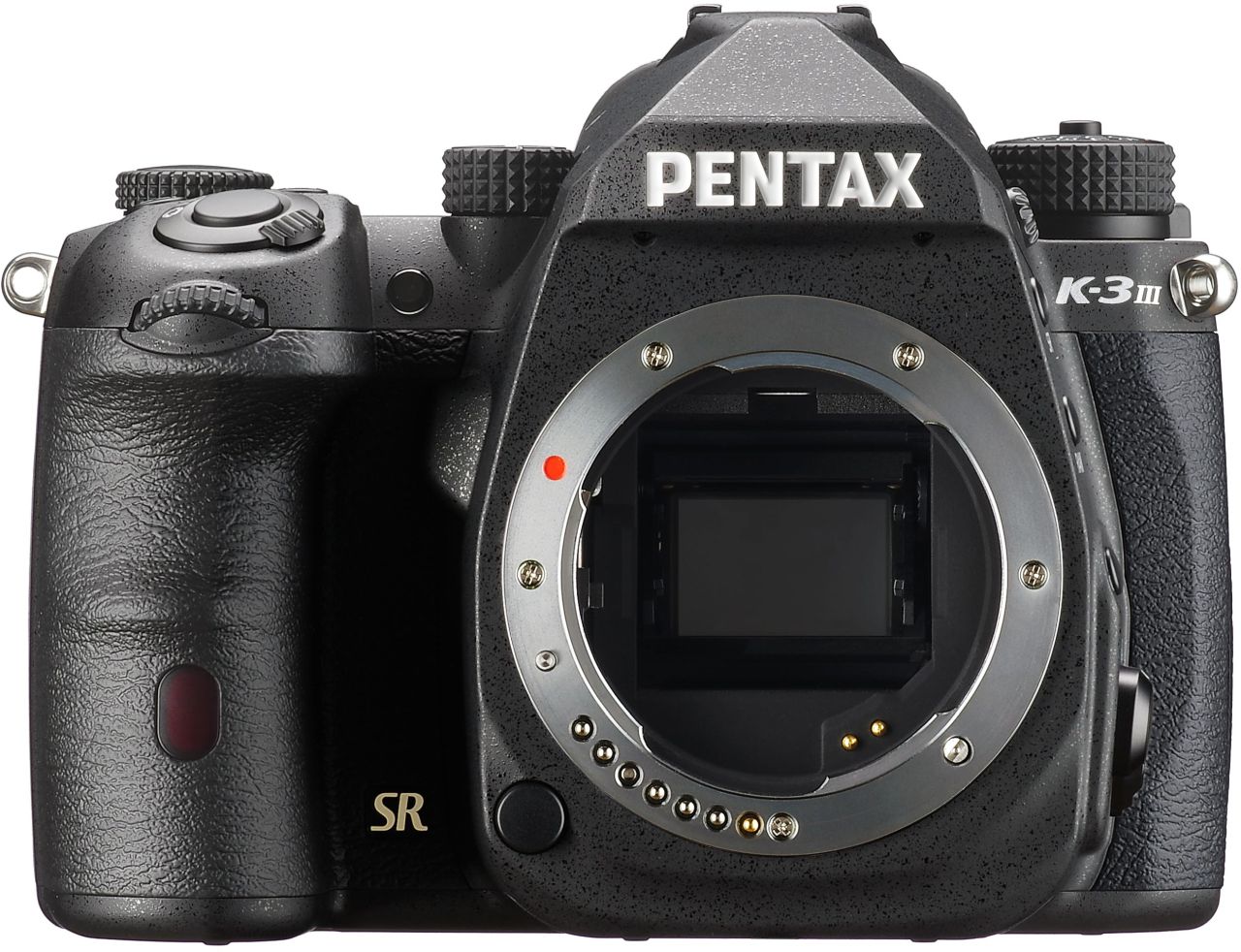
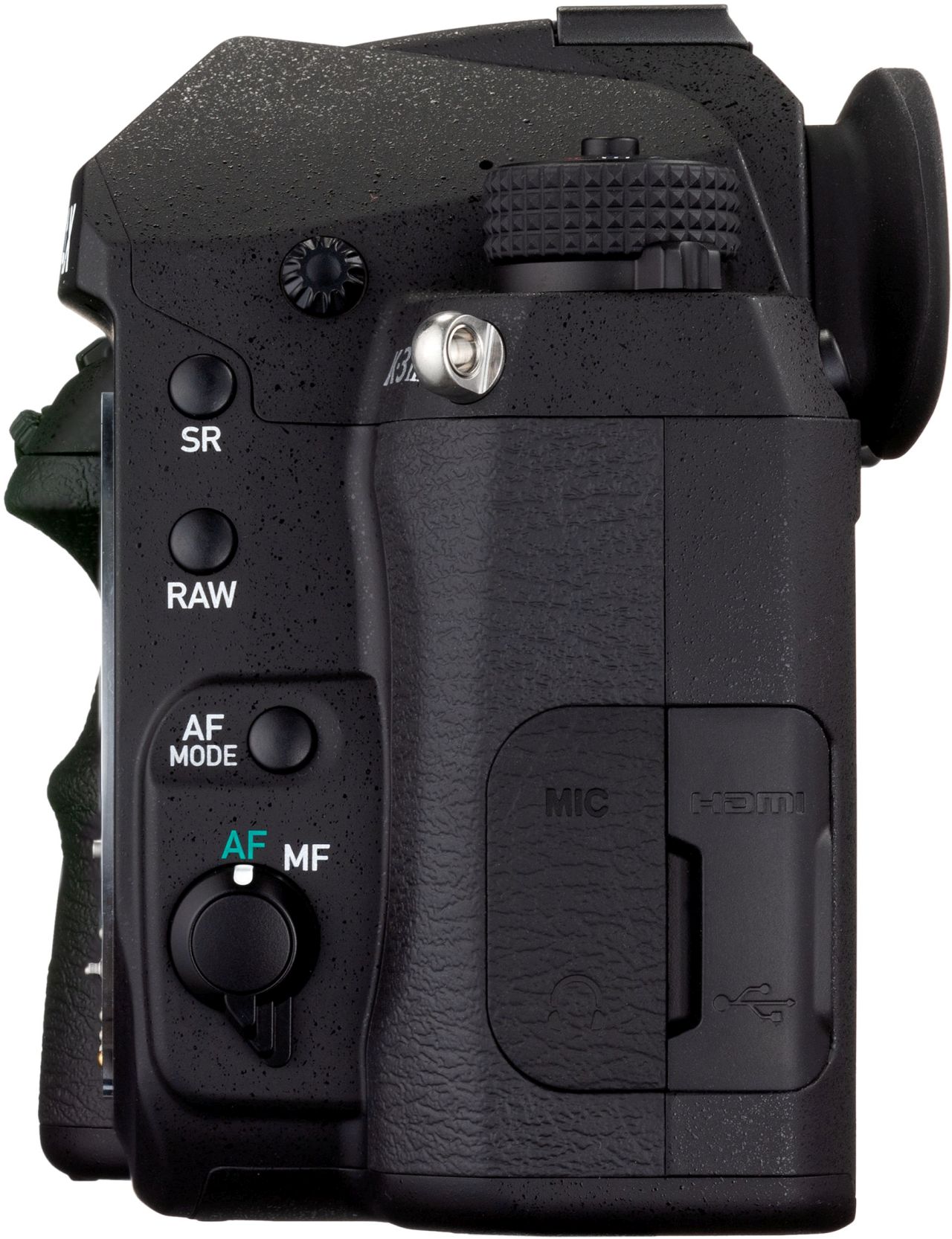
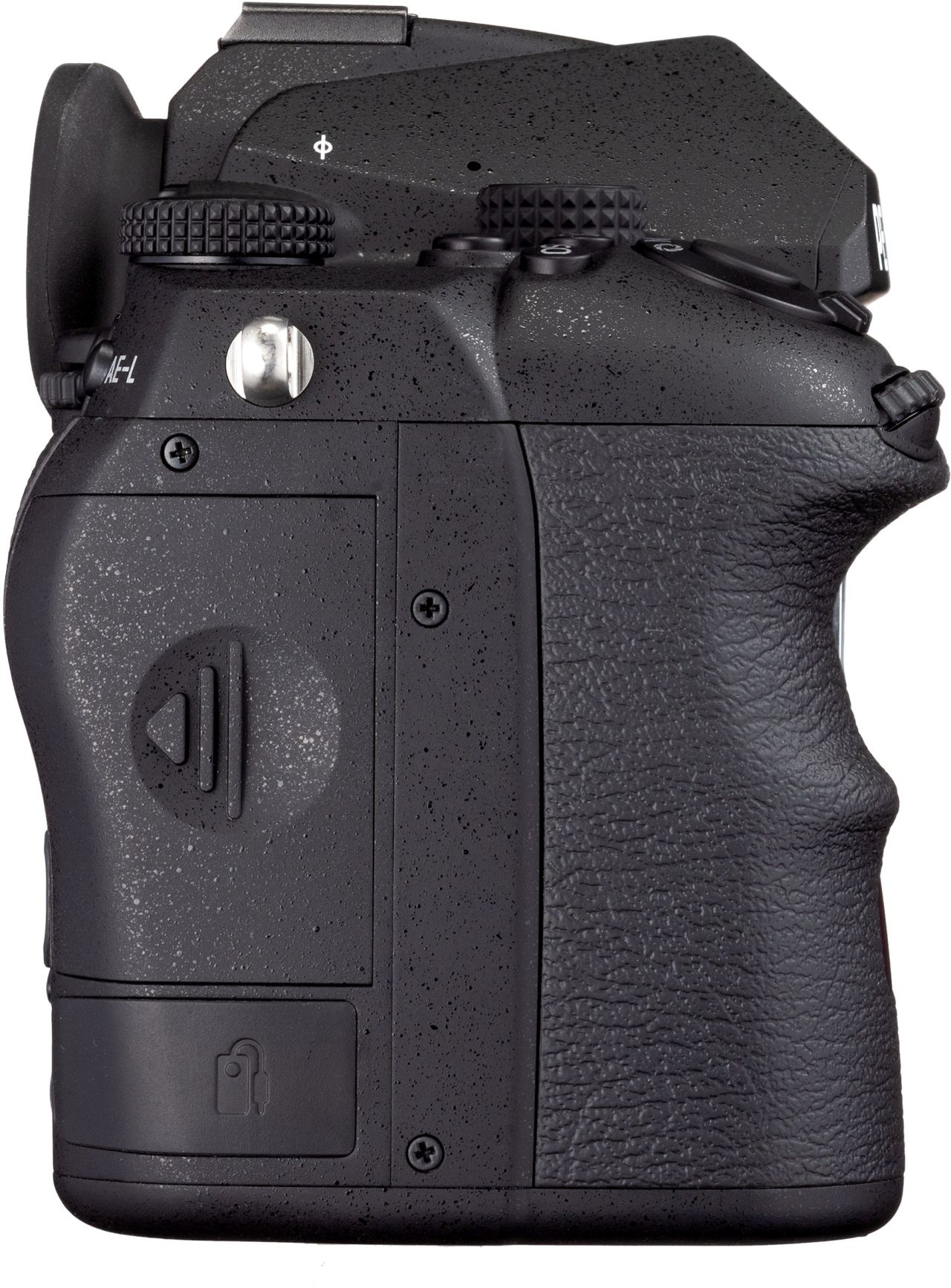
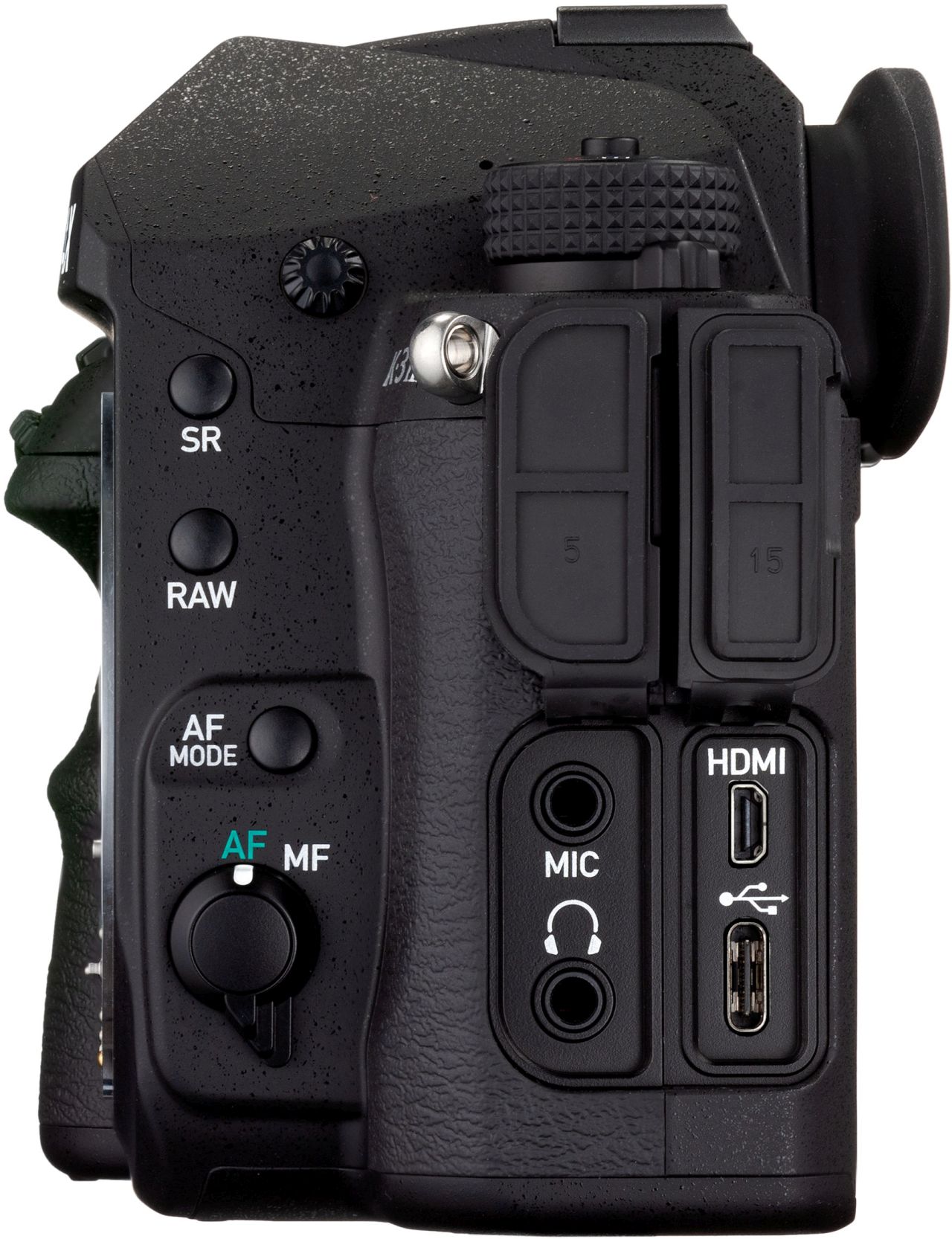
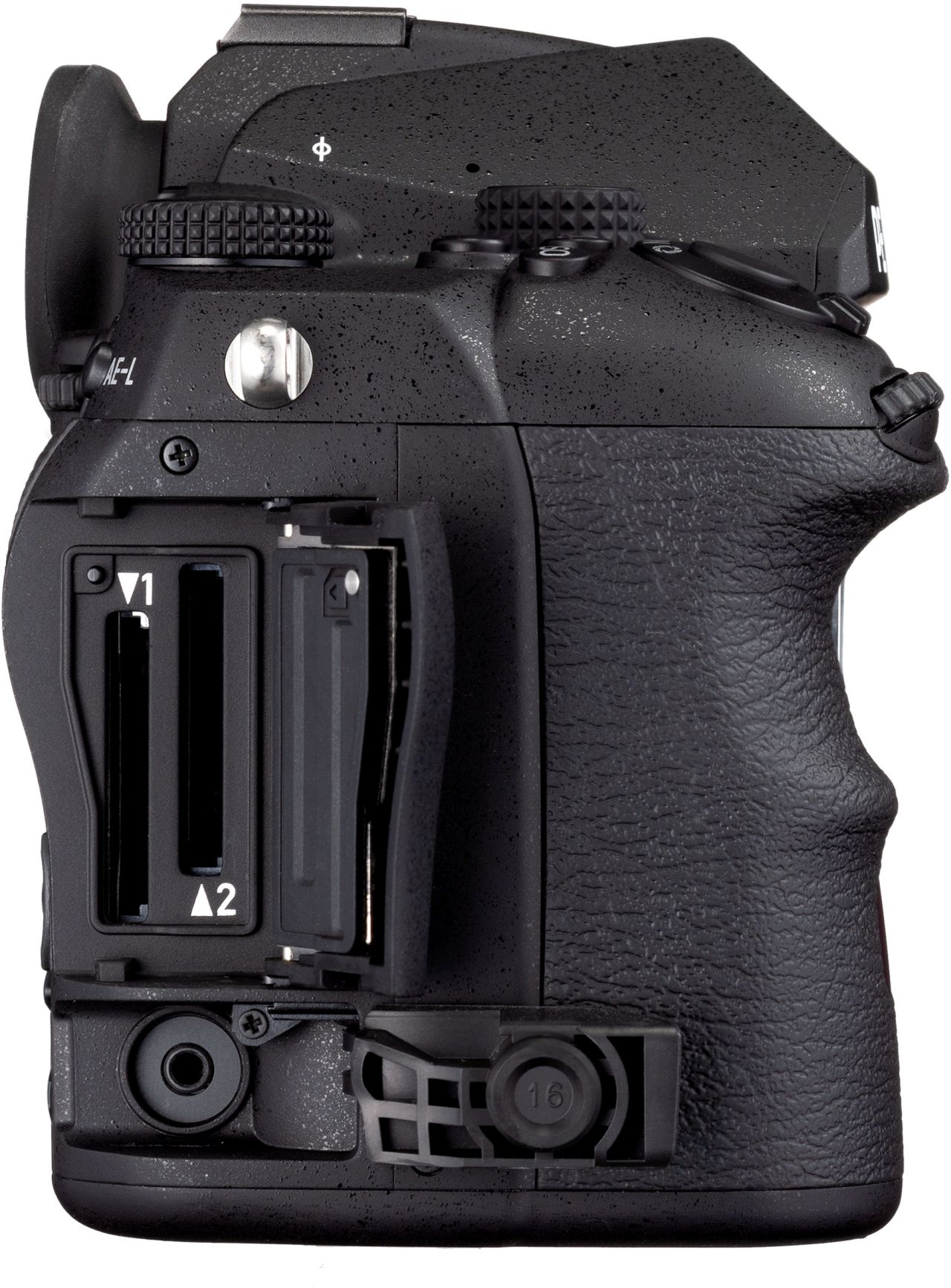
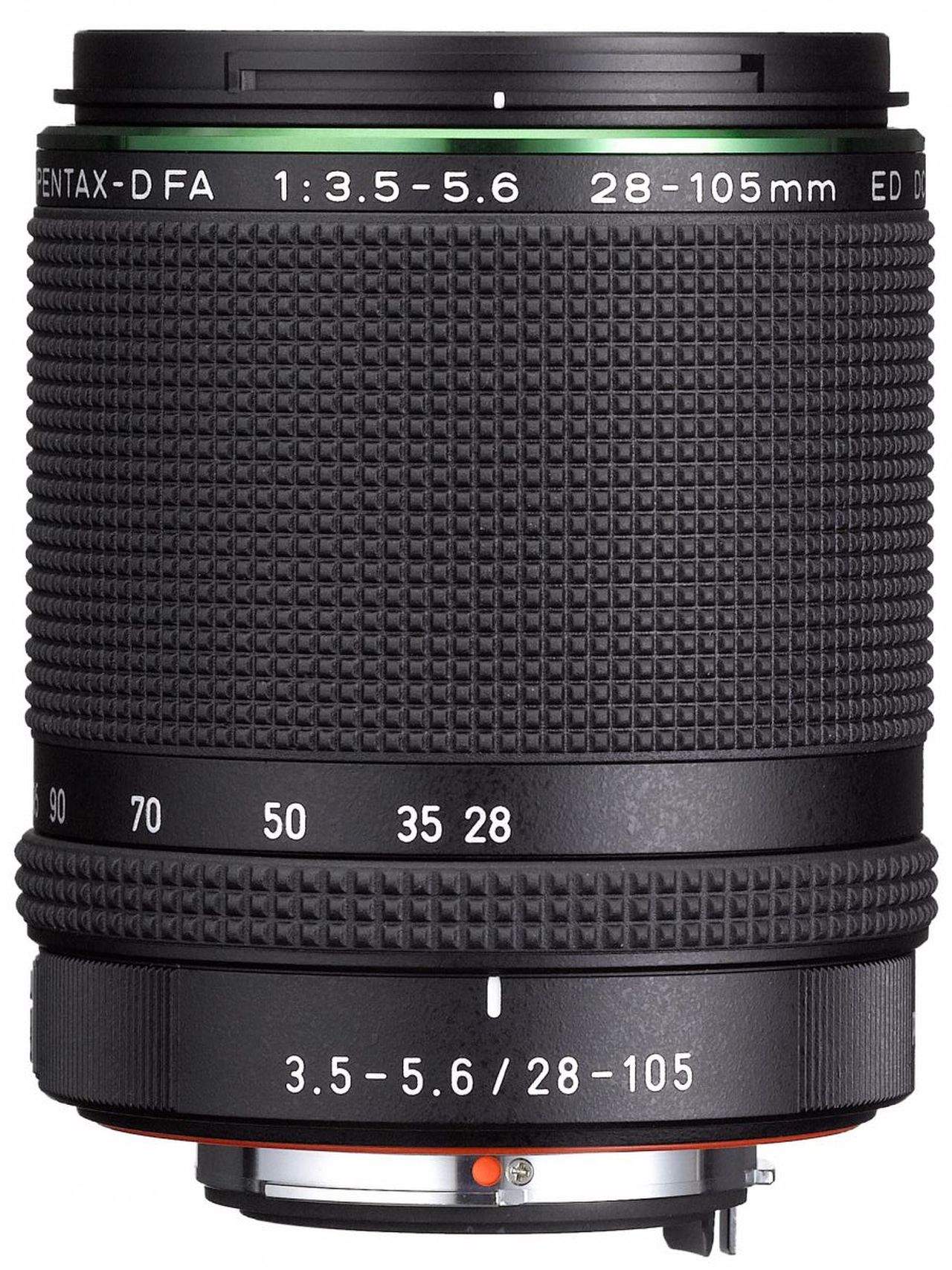
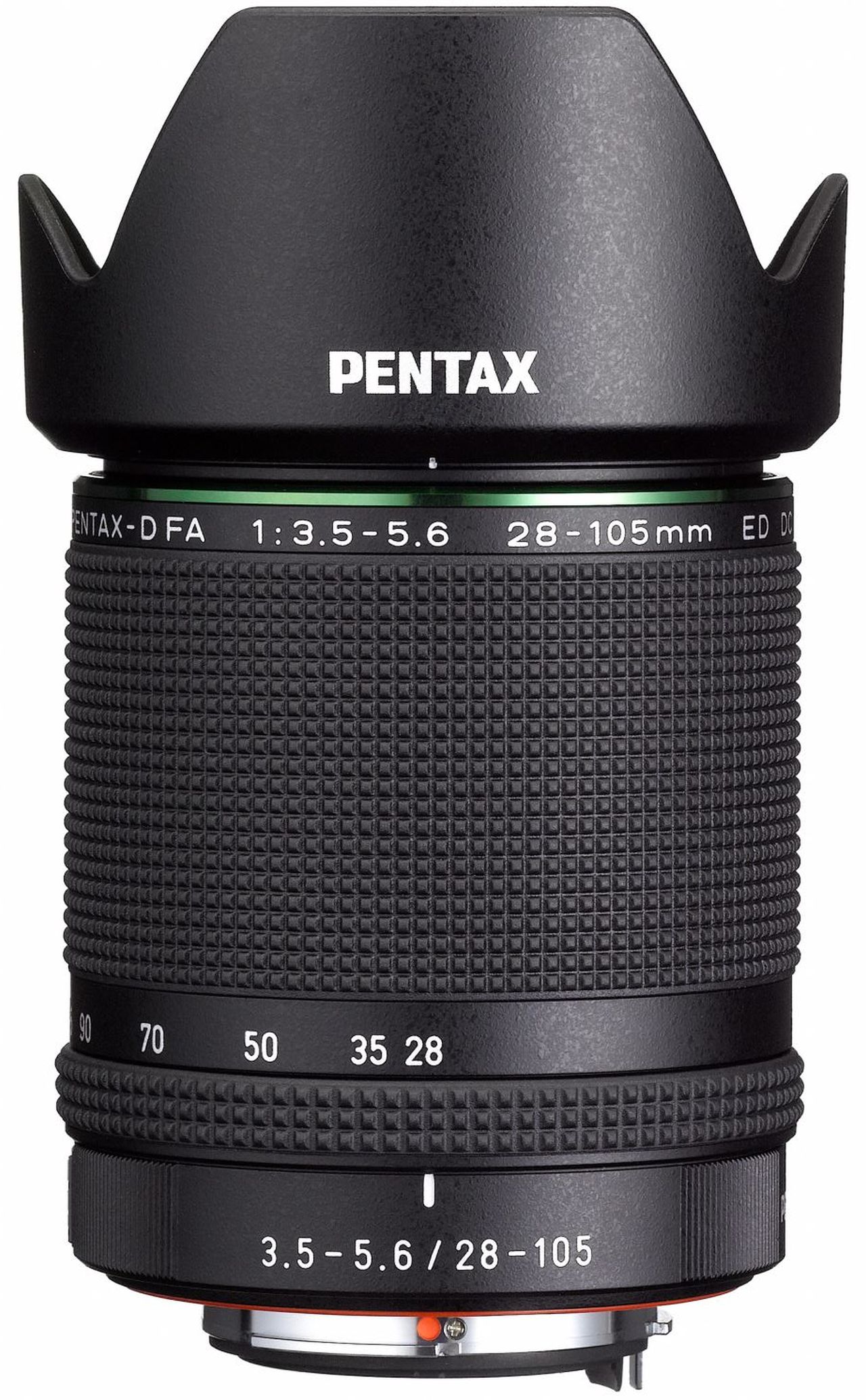
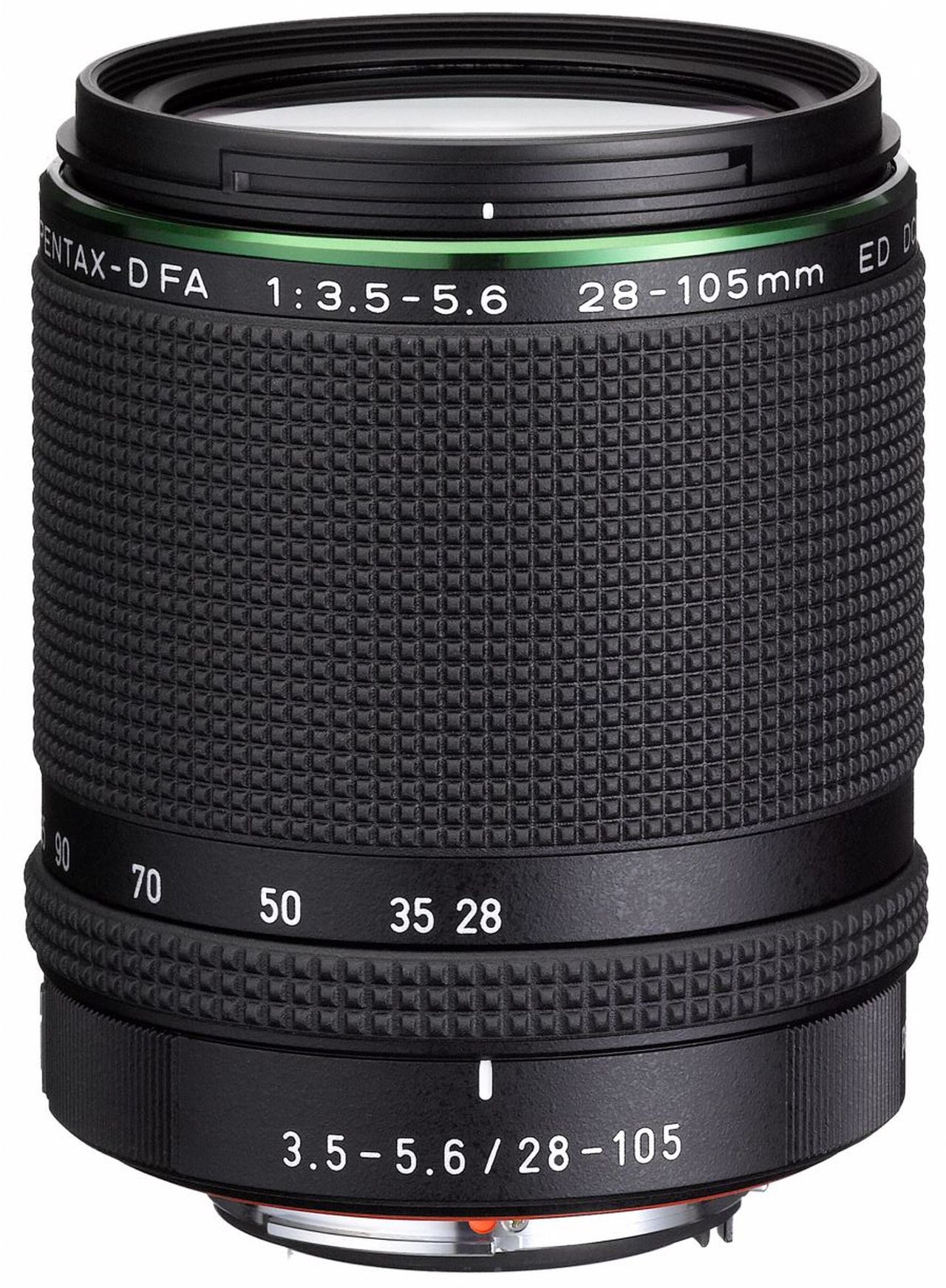

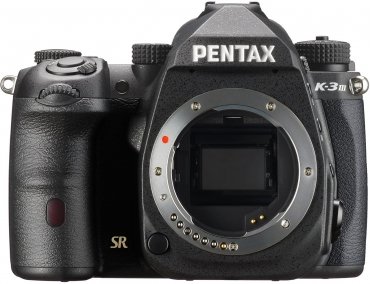
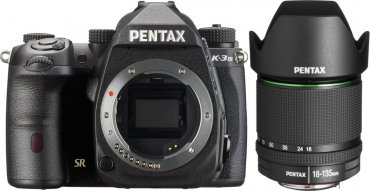
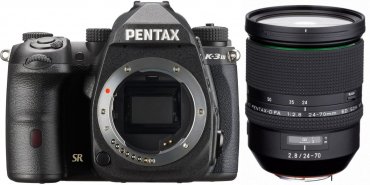

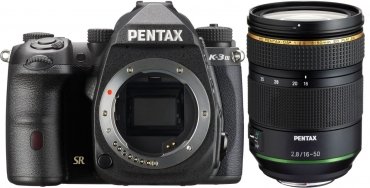
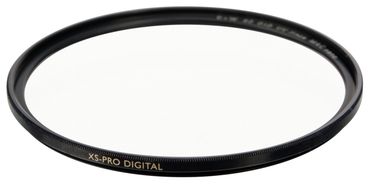
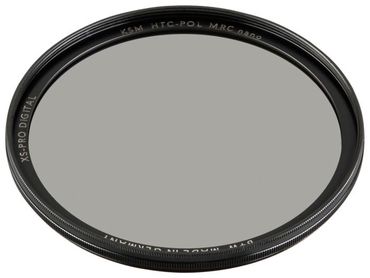


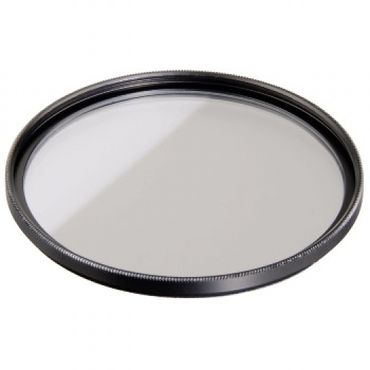
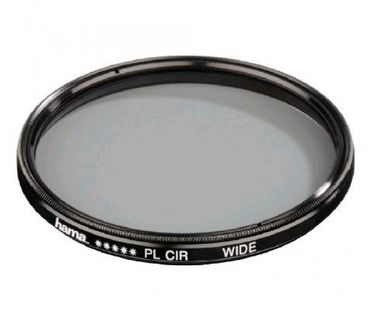


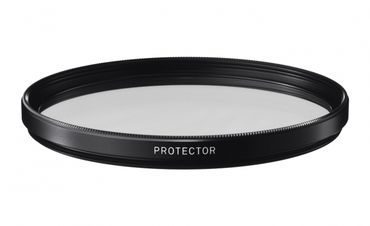
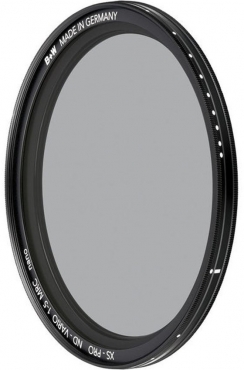

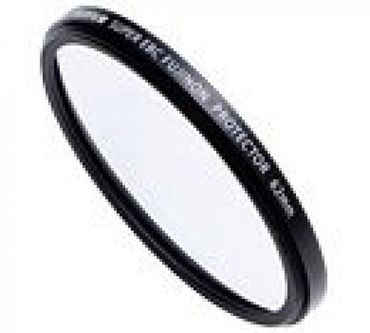

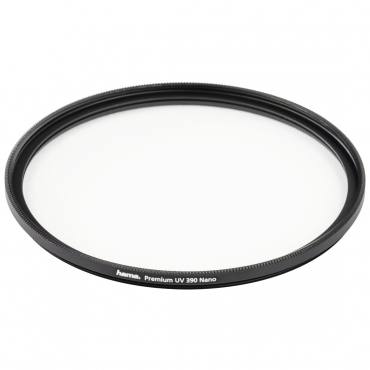
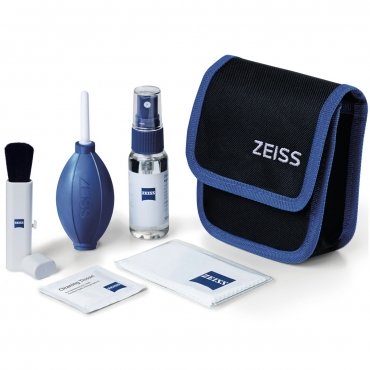


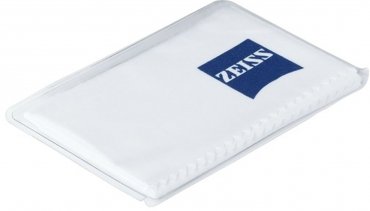






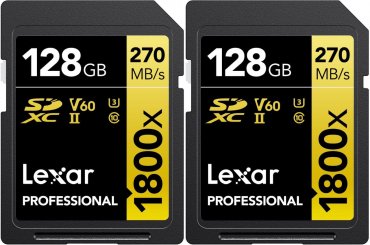
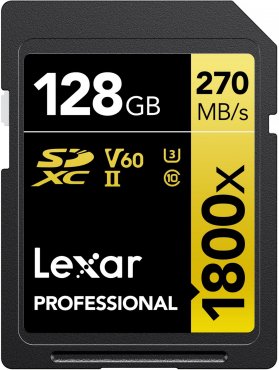
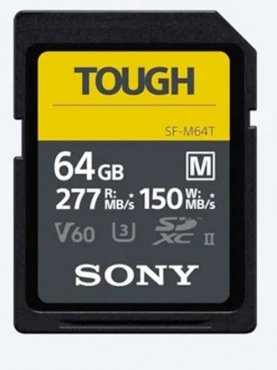
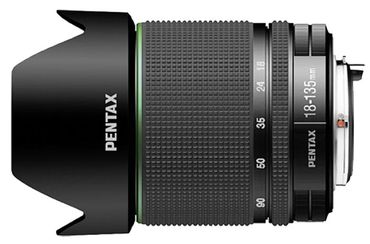
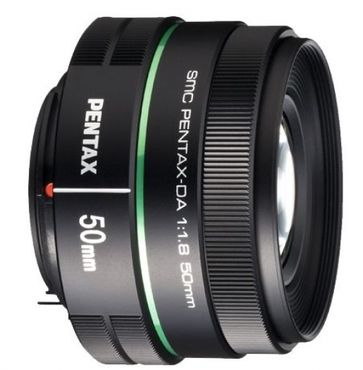
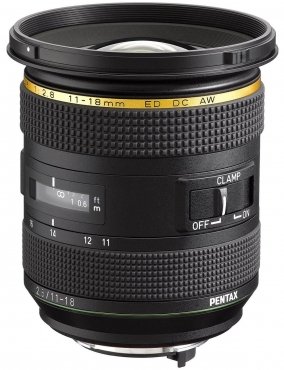
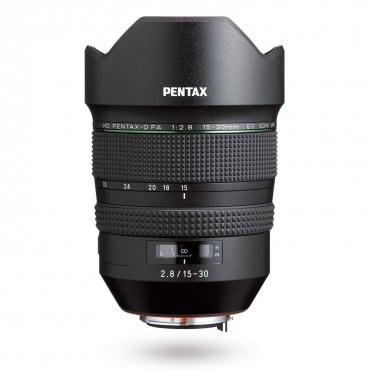
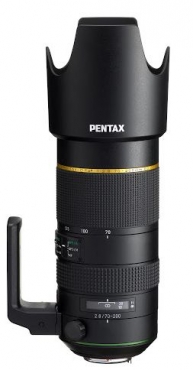
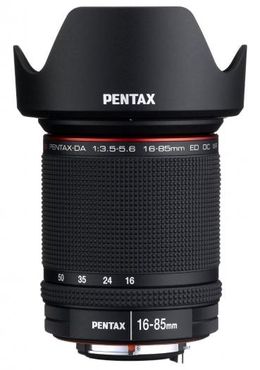
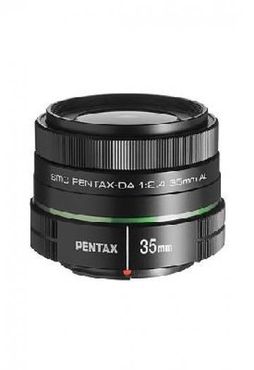
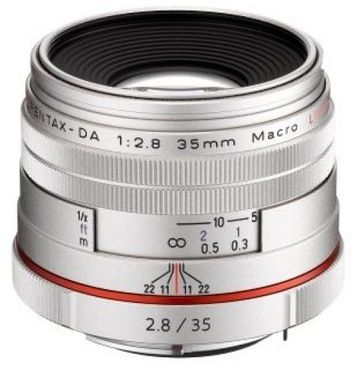
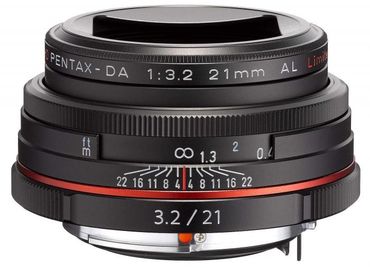
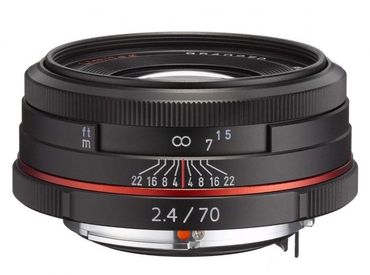
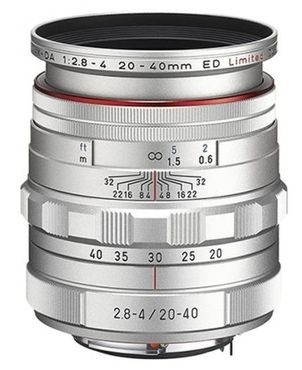


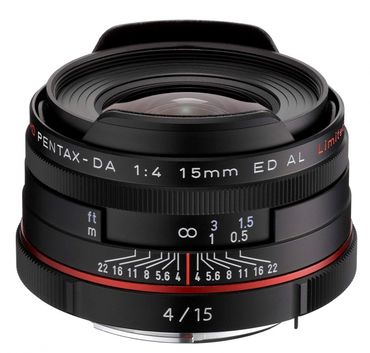
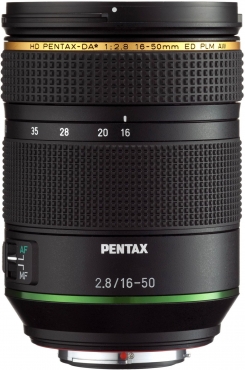
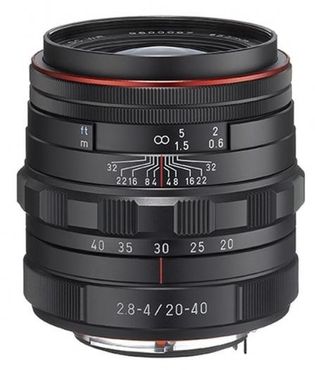
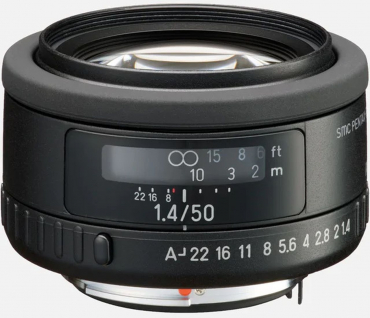
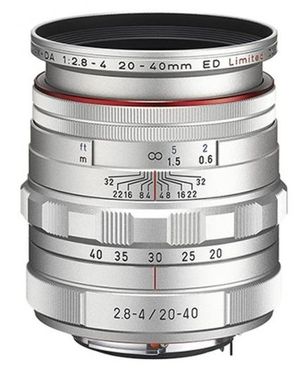
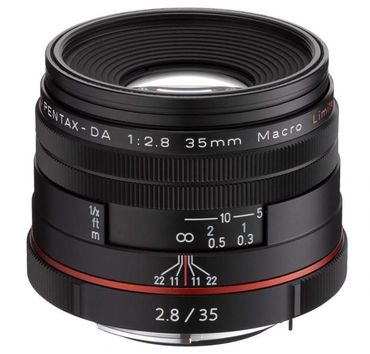




Simply subscribe and benefit as a newsletter recipient every week: